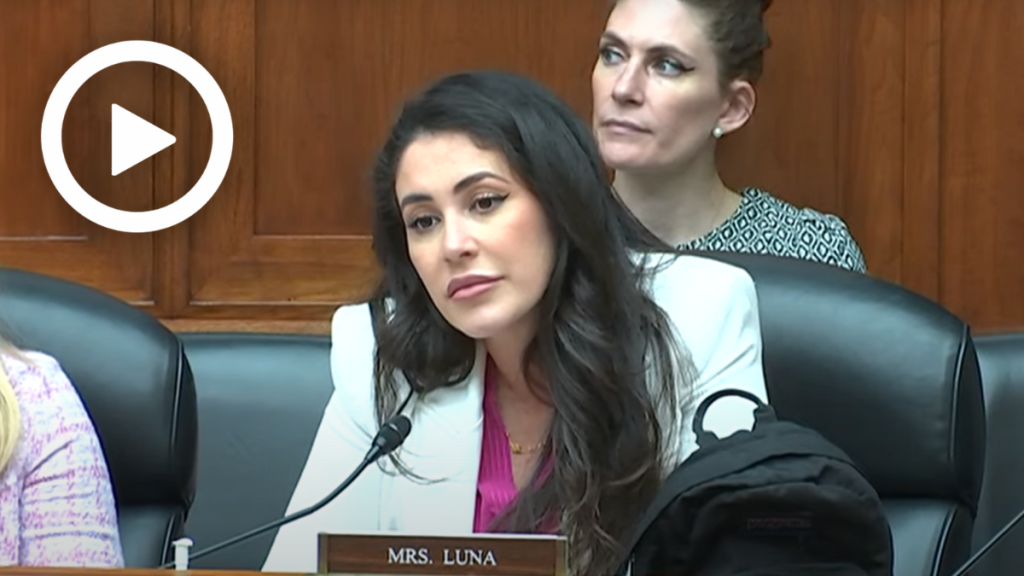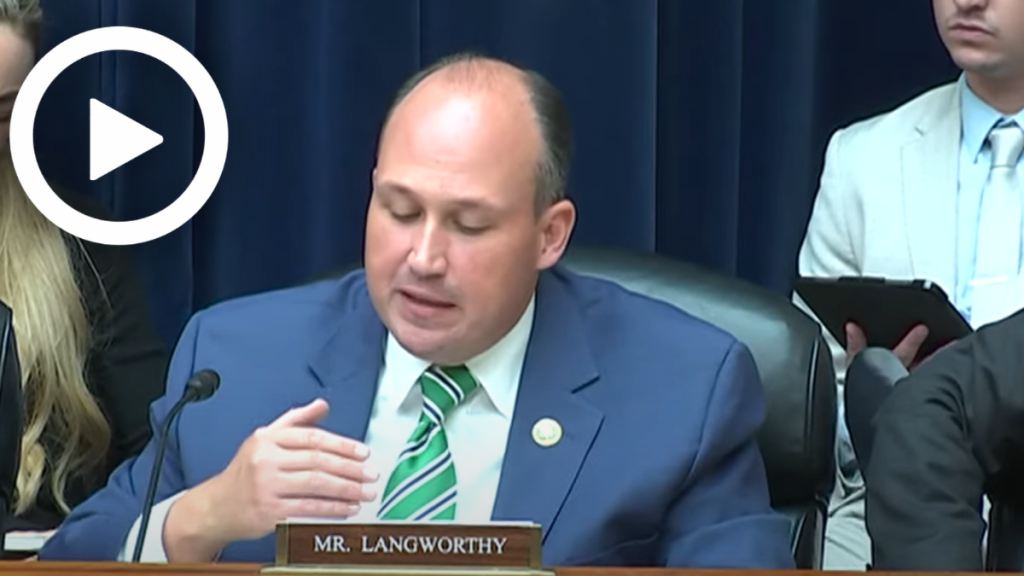Hearing Wrap Up: Responsible Use of Cutting-Edge Technology Will Keep Law Enforcement & U.S. Citizens Safer; Enhance National Security Capabilities
WASHINGTON—The Subcommittee on Cybersecurity, Information Technology, and Government Innovation held a hearing titled, “Using Cutting-Edge Technologies to Keep America Safe.” Subcommittee members discussed with witnesses how new and innovative technologies are helping our military, law enforcement, and border security officials in their missions to keep America and Americans safe. Subcommittee members also discussed the current and potential capabilities of security-related products and potential risks and downsides accompanying the federal government’s use of cutting-edge technologies. A live demonstration was given of a robotic dog, and drones and unmanned aerial vehicles were exhibited to subcommittee members as examples of innovative technology used in the federal security-space.
Key Takeaways:
Cutting-edge technology helps our military, law enforcement, and border security officials in their missions to keep America and Americans safe.
- Gavin Kenneally—CEO of Ghost Robotics— spoke on the practical role that his company’s robotic dog could serve in assisting agents stop the flow of illicit narcotics along the southern border: “When used to traverse the difficult terrain found along the US borders, our Vision 60 robot, equipped with appropriate sensors, can save lives. For example, patrolling robots with a Raman Spectroscopy sensor could be used to improve drug trafficking detection. This is an invaluable asset, given that, according to the US Drug Enforcement Administration, Fentanyl is the leading cause of death for Americans under the age of 50, and the majority of it flows across the Southern Border. In addition, given that several hundred migrants die near the Southern border every year from drowning or heat stroke, a thermal camera could be used to identify them before it is too late.”
- Wahid Nawabi — Chairman, President, and Chief Executive Officer of Aerovironment—described how the company’s unmanned craft can navigate dangerous environmental and biological situations, keeping law enforcement out of harm: “AeroVironment’s UGVs safely and effectively perform a variety of dangerous missions, including explosive ordnance disposal (EOD), hazardous materials handling (HAZMAT) and chemical, biological, radiological and nuclear (CBRN) threat assessment. AeroVironment’s ruggedized UGVs possess all-terrain capabilities and offer some of the most advanced, specialized, precision manipulators available with autonomous functionality and intuitive operation to deliver a high degree of mission flexibility.”
Safe integration of advanced technology is possible using secure measures where agents remain in control of decision-making processes with AI providing guidance and data.
- Subcommittee Chairwoman Nancy Mace emphasized that there must be safeguards in place to protect Americans’ data and our cybersecurity infrastructure.
- Ryan Rawding—Vice President of Business Development for Pangiam—testified that humans, not machines, must make ultimate determinations when using advanced technology.
Member Highlights:
Subcommittee Chairwoman Rep. Nancy Mace (R-S.C.) discussed ways that AI and innovative technology can be utilized in a safe and secure manner to put public concerns at ease.
Rep. Mace: “Thinking about some of the concerns whether it’s data security, cyber security, the advent of AI is moving technology and cyber security threats in rapid pace…how do we prepare ourselves for that future? What are some of your concerns? How are we addressing those concerns?”
Mr. Rawding: “In my experience, employing a lot of supervisory machine learning models where in the customs and border protection space, the computers and machines are not ultimately making the decision but giving risk-based scores where the agents and officers are bale to ultimately make that determination. And staying within that, public-private partnership with academia, government, and its contracting staff to make sure that all privacy concerns are met so that the people feel safe while we’re deploying these technologies.”
Rep. Anna Paulina Luna (R-Fla.) highlighted how enhanced technology can be a powerful tool in the fight against human trafficking along the southern border.
Rep. Luna: “In what ways has the use of biometric data coupled with DNA testing been used to address this crisis we have been currently seeing?”
Mr. Rawding: “When migrant families are encountered, those individuals are enrolled in the application. The application we built has functionality to group individuals as family units together so that the agents can keep track of them throughout the process while they are there. The data integrity stays with these individuals as they move through the cycle from initial encounter through the processing center to detainment to release.”
Rep. Nick Langworthy (R-N.Y.) discussed how unmanned craft and advanced hardware can prevent law enforcement officials from being exposed to dangerous environmental circumstances.
Rep. Langworthy: “Do you believe that unmanned aerial systems technology could be effective in these conditions…and if so, how so?
Mr. Nawabi: “The short answer is yes, the PUMA system [unmanned drone] that you see on your right is designed to fly in Antarctica, the north pole area, Alaska, its currently flying in places like Ukraine, the Middle east…they need to work in very high temperatures, very low temperatures, they have to be able to work in storms, it has to have sensors that can operate in these environments.”
CLICK HERE to watch the hearing.


